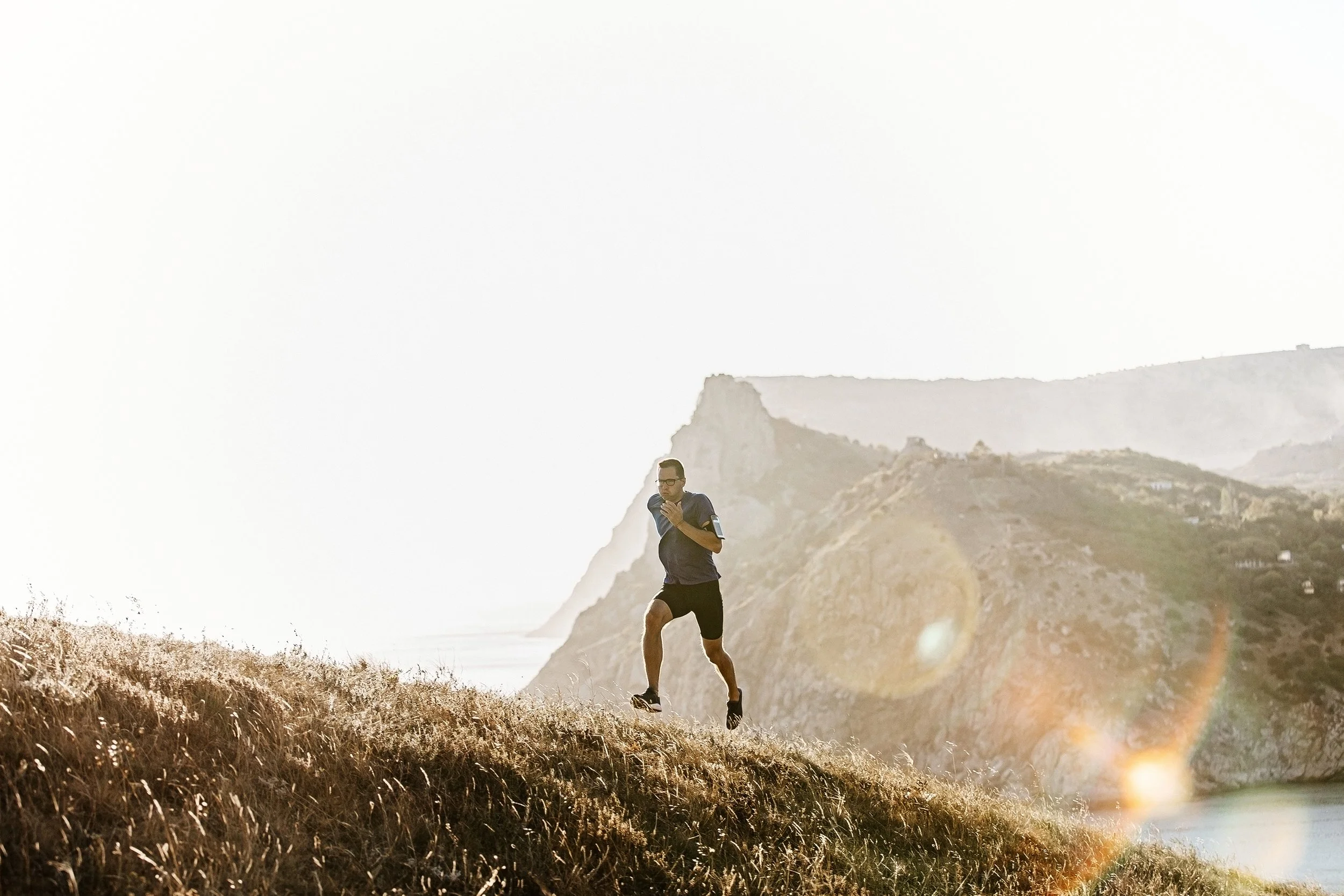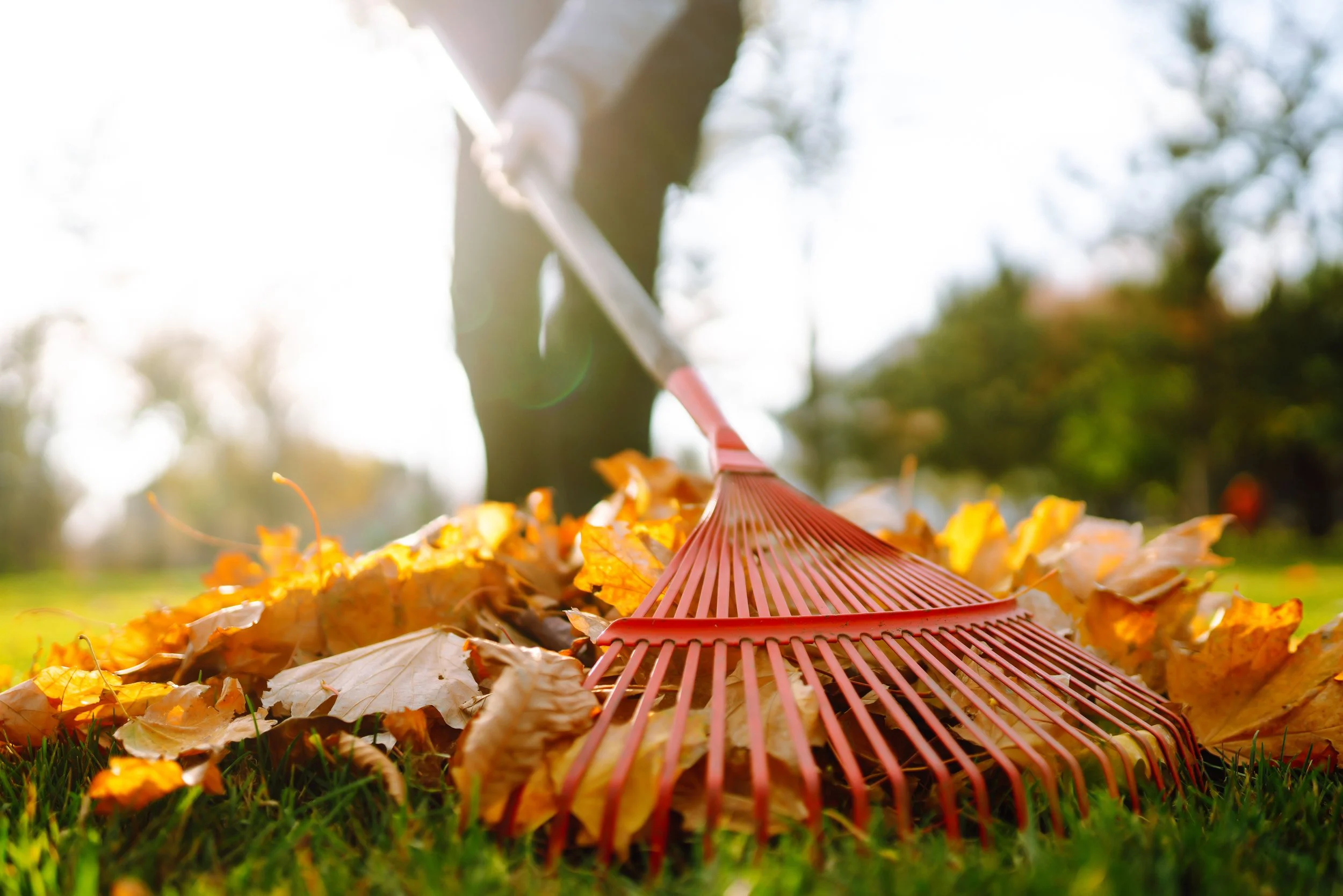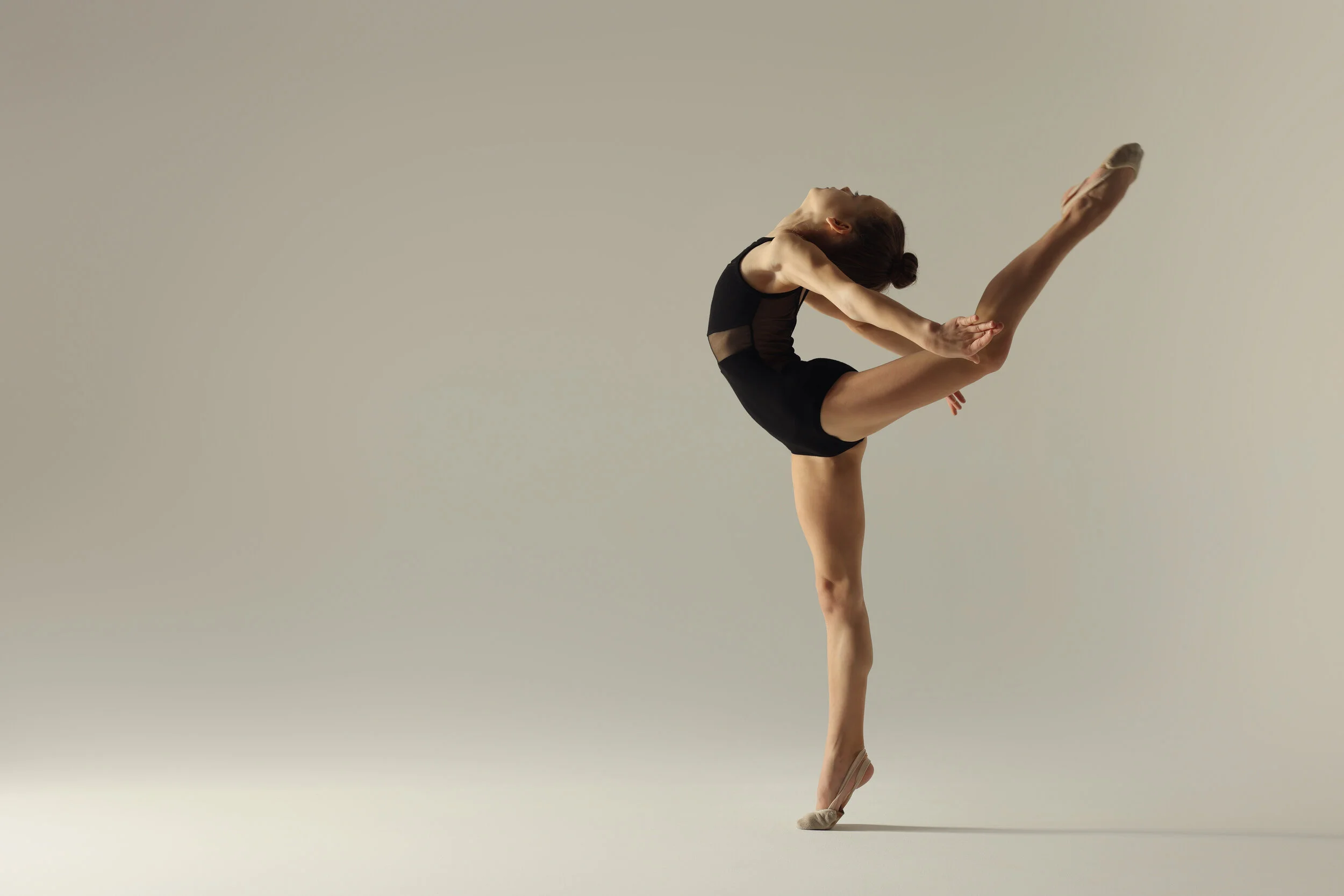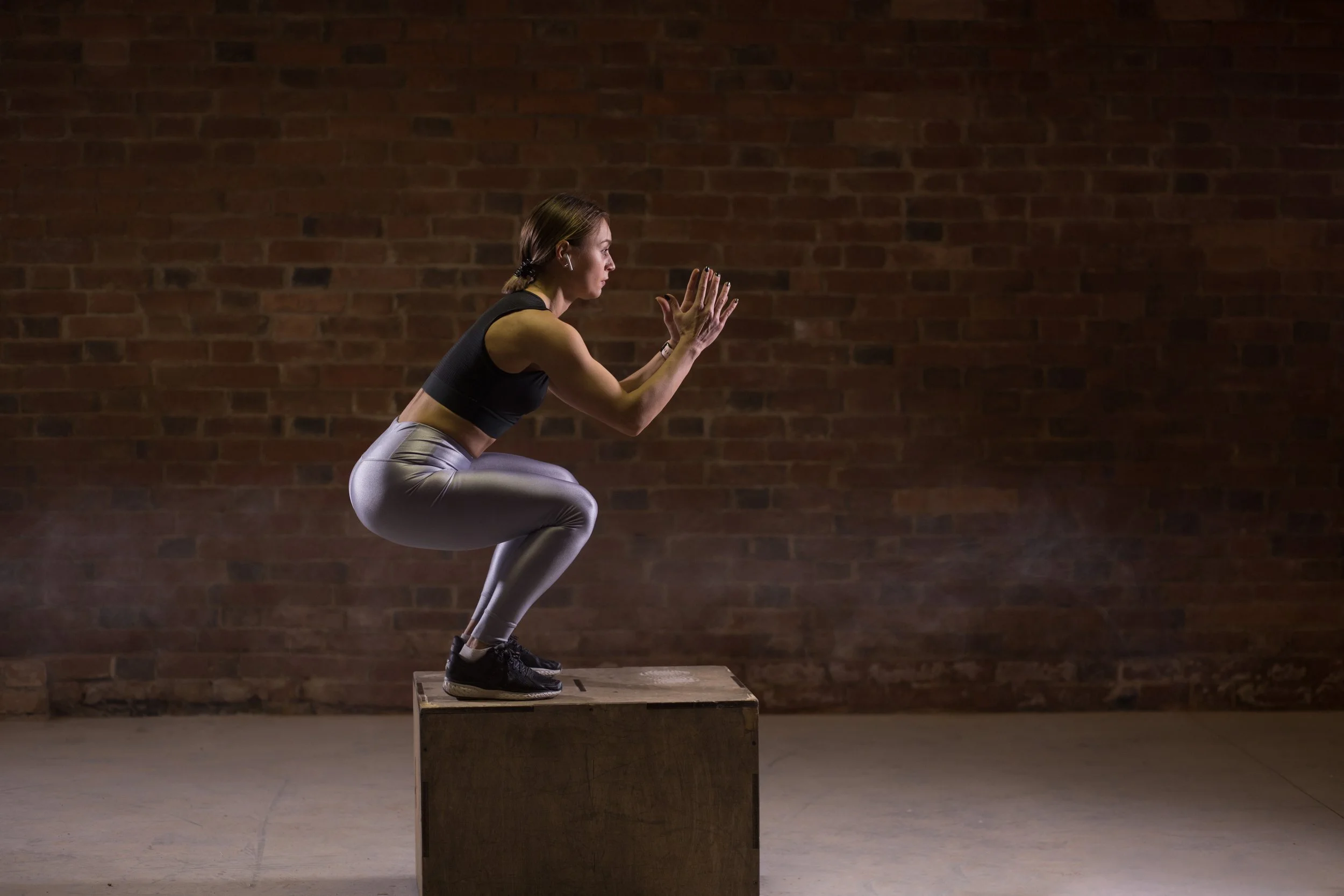Gymnastics is one of the most popular sports to watch in the summer Olympics. As a sport, it has been around since ancient times. It was introduced to the United States in the 1830's. There are now over 3,500 gymnastics clubs. Ten levels exist beginning with level 1. Competition begins in levels 2 and 3 at a very young age. The developmental levels range from 1-3, compulsary levels are 4 and 5 and then optional levels are 6-10, where the gymnast is no longer doing compulsary routines, according to Dr. Monique Burton, MD with Seattle Children's Hospital. Although there are seven different disciplines in gymnastics, artistic gymnastics is the form that is familiar to most people. The four events for females include uneven parallel bars, beam, vault and floor exercise. The events for males include floor exercise, pommel horse, still rings, vault and parallel bars.
ACL Series Part 3: Rehab
Right now, I am 1.5 years post ACL surgery, but 3.5 years post ACL injury. I will be recalling my experience starting at the time of injury all the way through my individual Physical Therapy experience. This will be a multi-part series that tells my story, plus various research facts and personal details along the way.
ACL Series Part 2: Surgery
Right now, I am 1.5 years post ACL surgery, but 3.5 years post ACL injury. I will be recalling my experience starting at the time of injury all the way through my individual Physical Therapy experience. This will be a multi-part series that tells my story, plus various research facts and personal details along the way.
ACL Series Part 1: Pre-Surgery
Right now, I am 1.5 years post ACL surgery, but 3.5 years post ACL injury. I will be recalling my experience starting at the time of injury all the way through my individual Physical Therapy experience. This will be a multi-part series that tells my story, plus various research facts and personal details along the way.
Spondylolysis and Spondylolisthesis
Spondylolysis is estimated to occur as much as 25-60% in athletic populations The most common age group for occurrence is 11-18 years old, with higher likelihoods of injury occurring during puberty and growth spurts. Adolescents today typically play multiple sports throughout the year, often overlapping with minimal to no rest between seasons. Sports involving high impact and spine loading, as well as trunk rotation and extension, have a higher incidence of spondylolysis. Research shows football, gymnastics, power lifting, diving, baseball, softball, hockey, basketball, and soccer tend to have an increased risk for this injury……
Adaptation to Load
Have you ever been so sore after a new workout or return to activity that you can barely sit down to use the toilet? This is your body adapting to a new load. This is a fairly simple, but important concept. If your body hasn’t experienced this load ever or in a long time, the chances that you will be sore range from pretty high to certain. Sometimes this scenario leads to 2 days of soreness (DOMS: Delayed Onset Muscle Soreness) and then you return to whatever activity made you sore. Great, your body adapted to the load! On the other side, you find your body was unable to adequately adapt and maybe you cannot return to that activity. Now we have an injury to deal with.
One thing that has been on my mind, and the minds of many other rehab professionals, is...will we see an uptick in injuries for athletes during and after the COVID shutdown? That all depends on whether athletes have been able to maintain their tolerance for the loads that they will be returning to (running, jumping, etc); and/or if they are able to return gradually enough to their respective activities giving their body adequate time to adapt.











